Rare Photos Of The Titanic: A Ship Of Dreams And Nightmares
It has been 112 years since the sinking of the Titanic – one of the deadliest peacetime maritime disasters in history. On April 14-15, 1912, the luxurious ship struck an iceberg during its maiden voyage from Southampton to New York City. The collision led to the rapid sinking of the ship, resulting in the deaths of over 1,500 people.
Titanic: The Largest Ship Of Its Time
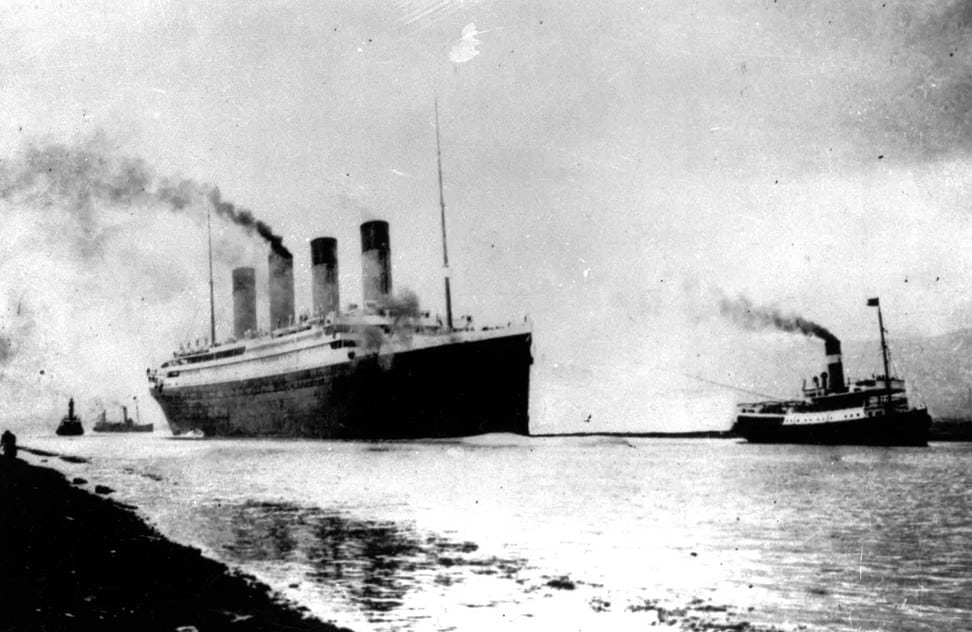
When Titanic started service on April 2, 1912, it was the second of three Olympic-class ocean liners and the largest ship in the world. It could carry 3,547 people comfortably and was built on a massive scale. The ship had the largest reciprocating engines ever built (40 feet (12 m) high and with cylinders 9 feet (2.7 m)), burning 600 long tons of coal per day.
The passenger accommodations, especially in first class, were incredibly luxurious. The most expensive suites cost over $4,350 for a one-way trip, equivalent to $137,000 today. Even third class was quite comfortable by the standards of the time and offered plenty of good food.
When Titanic departed across the Atlantic, it carried 892 crew members and 1,320 passengers, including both wealthy individuals like John Jacob Astor and Benjamin Guggenheim, and poor emigrants from various countries seeking a new life in the U.S.
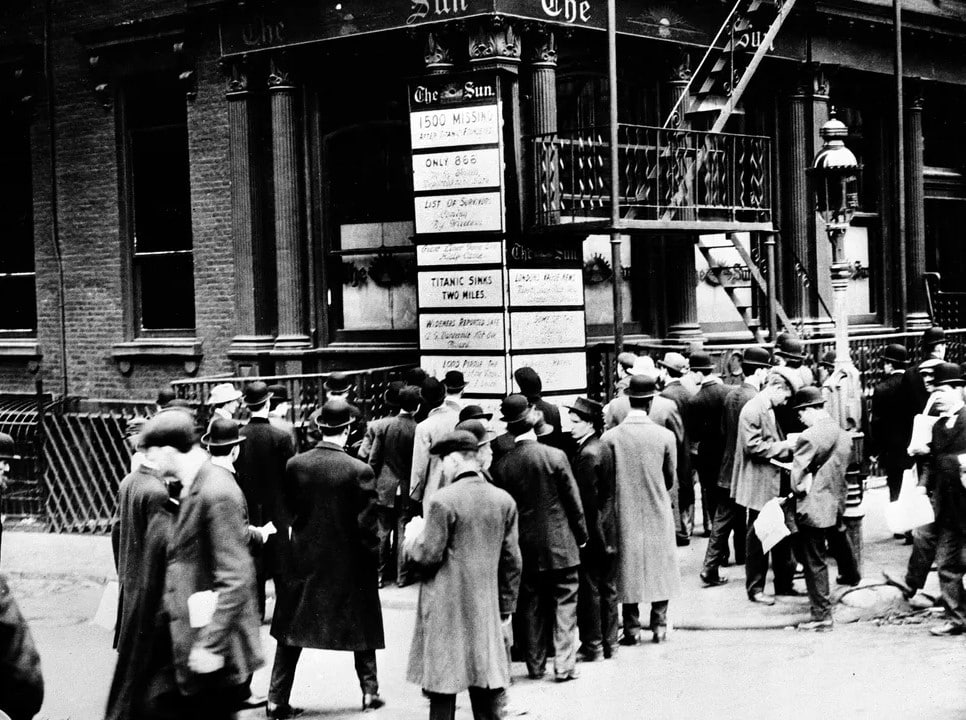
Captain Edward Smith, aged 62, was in command of the ship, boasting four decades of seafaring experience. Most of the crew were not trained sailors but had roles like engineers, firemen, stewards, and galley staff. Only a small percentage were watch officers and able seamen. They didn’t have enough time to familiarize themselves with the ship.
The ice conditions were due to a mild winter causing many icebergs to shift off Greenland’s west coast. Throughout the day, the weather improved from brisk winds and moderate seas to a clear calm evening as the ship sailed beneath an arctic high-pressure system.
Ice Warnings Ignored
On April 14, 1912, the Titanic’s radio operators received six messages from other ships warning of drifting ice. Passengers had already noticed the ice earlier in the day. These ice conditions were the worst for any April in the previous 50 years. Due to this, the lookouts didn’t realize they were approaching a large area of drifting ice. The radio operators didn’t pass on all the messages. It’s important to note that at the time, wireless operators on ocean liners worked for Marconi’s Wireless Telegraph Company and were not part of the ship’s crew.
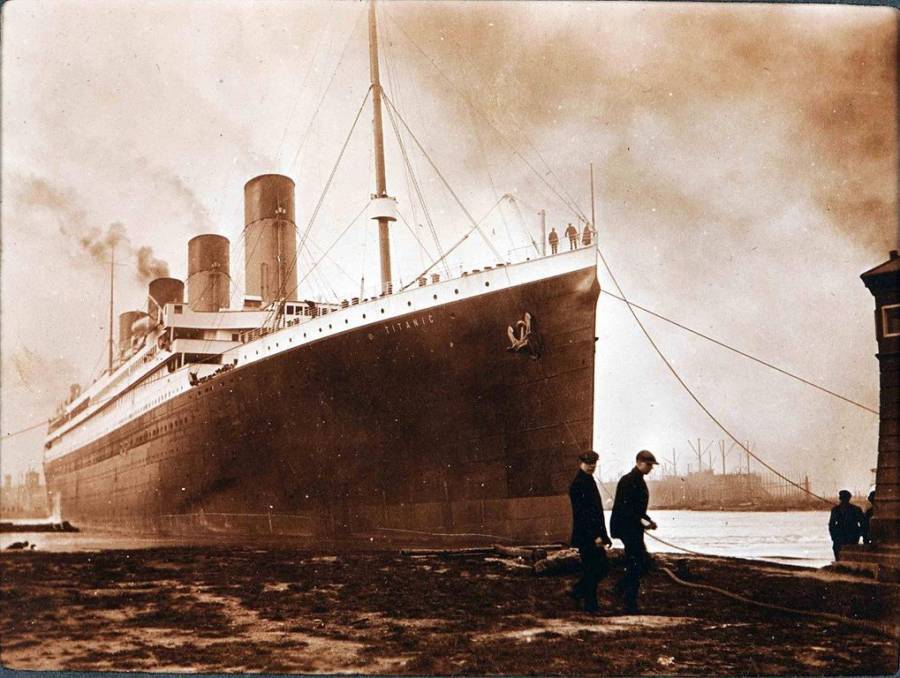
The first warning about ice came from RMS Caronia at 09:00, reporting “bergs, growlers and field ice”. Captain Smith acknowledged it. Later, at 13:42, RMS Baltic relayed a report from the Greek ship Athenia about passing icebergs and field ice. Smith then ordered a new course to be set to move the ship farther south.
SS Californian reported “three large bergs” at 19:30, and at 21:40, the steamer Mesaba reported seeing heavy pack ice and many large icebergs, along with field ice. The crew also received a warning at 22:30 from operator Cyril Evans of Californian, but Phillips cut it off and signaled back: “Shut up! Shut up! I’m working Cape Race.”
Despite knowing about the ice, the crew didn’t reduce the ship’s speed and continued at 22 knots. North Atlantic liners prioritized punctuality, sticking strictly to their schedule. Before the journey, Captain Smith expressed confidence, stating he couldn’t imagine any condition causing the ship to sink due to modern shipbuilding advancements.
As the Titanic approached the collision, most passengers were in bed, and First Officer William Murdoch was in charge of the bridge. The air was very cold, and the ocean was calm. Colonel Archibald Gracie, a survivor, described “the sea was like glass, so smooth that the stars were clearly reflected.” Such calm water often indicates nearby pack ice.
Although the lookouts couldn’t use binoculars in the dark, they were aware of the ice danger. They were told to “keep a sharp look-out for ice, particularly small ice and growlers”. At 23:30, there was a slight haze, which experts now think was a mirage caused by cold water meeting warm air.
Collision With The Iceberg
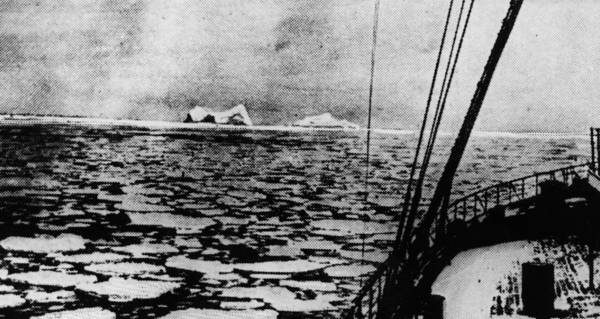
At 23:39, Fleet saw an iceberg ahead and alerted Sixth Officer James Moody. Fleet asked, “Is there anyone there?” Moody replied, “Yes, what do you see?” Fleet replied, “Iceberg, right ahead!” Moody then informed Murdoch, who decided to change the ship’s course.
However, there was a delay before the orders took effect. The steering mechanism and reversing the engines both took time. The center turbine couldn’t be reversed, so both it and the center propeller were stopped, making the rudder less effective.
Titanic’s course changed just in time to avoid a direct collision, but it still grazed the iceberg. The impact caused the ship’s side to scrape against the ice, dislodging chunks that fell onto the decks. About five minutes after the collision, all engines were stopped, leaving the ship drifting south.
The impact with the iceberg was believed to have caused a large opening in Titanic’s hull, possibly “not less than 300 feet (91 m) in length, 10 feet (3 m) above the level of the keel”. However, it wasn’t a continuous rip, but rather gaps along the hull plates, some about 39 feet long. The iron rivets along the plate seams likely snapped or popped open, allowing water to flood in. The “Best” plates had a lot of slag, making them more brittle.

Passengers in the first-class dining room noticed a shudder, thinking it was a propeller blade. Many felt a bump or shudder – “just as though we went over about a thousand marbles”. Those closest to the collision site felt it more directly. Engine Oiler Walter Hurst recalled being “awakened by a grinding crash along the starboard side. No one was very much alarmed but knew we had struck something.” Fireman George Kemish heard a “heavy thud and grinding tearing sound” from the starboard hull.
The ship started flooding immediately after the collision, with water gushing in at a rate of about 7 long tons per second. A jet of icy water struck the boiler room which was a substantial risk that they would explode. The stokers and firemen were waist-deep in freezing water by the time they finished to reduce the fires and vent the boilers. The ship was listing five degrees to starboard and was two degrees down by the head within a few minutes of the collision.

Within 45 minutes of the crash, over 13,500 long tons of water had entered the ship, overwhelming Titanic’s ballast. Andrews predicted that the Titanic couldn’t float more than 2 hours and he was true.
From the moment of impact until sinking, about 35,000 long tons of water flooded into the Titanic. The flooding was not consistent or evenly spread throughout the ship because of how the compartments were arranged. Titanic’s angle changed rapidly from level to about four and a half degrees during the first hour, and its sinking speed increased gradually.
The Final Effort To Survive
At 00:05 on 15 April, Captain Smith ordered the lifeboats to be uncovered and passengers to gather. However, many passengers thought it was a joke and some started playing football with ice chunks on the deck. On the boat deck, crew members struggled to hear each other over the loud steam noise. They had to use hand signals to communicate because of the noise.
Lawrence Beesley described the sound as “a harsh, deafening boom that made conversation difficult; if one imagines 20 locomotives blowing off steam in a low key it would give some idea of the unpleasant sound that met us as we climbed out on the top deck.”
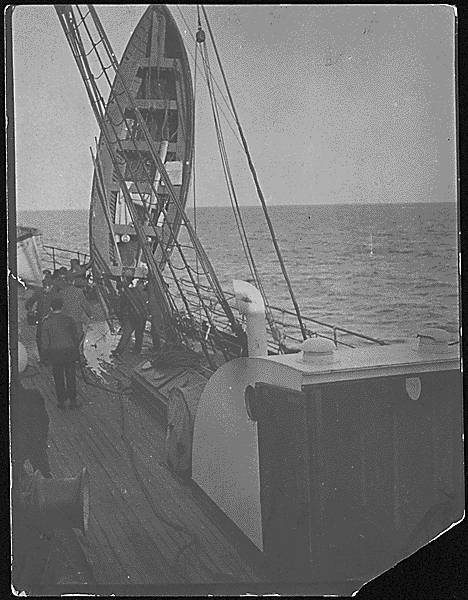
The Titanic had 20 lifeboats that could hold 1,178 people. Most passengers who boarded were from first and second class. Few third-class passengers had made it to the deck yet, as many were still trying to find their way or were stuck behind gates and partitions. Irish survivor Margaret Murphy wrote in May 1912:
“Before all the steerage passengers had even a chance of their lives, the Titanic’s sailors fastened the doors and companionways leading up from the third-class section … A crowd of men was trying to get up to a higher deck and were fighting the sailors; all striking and scuffling and swearing. Women and some children were there praying and crying. Then the sailors fastened down the hatchways leading to the third-class section. They said they wanted to keep the air down there so the vessel could stay up longer. It meant all hope was gone for those still down there.”
Some passengers gave up to escape and stayed in their cabins or gathered in prayer in the third-class dining room. August Wennerström, one of the male steerage passengers to survive, commented later:

“Hundreds were in a circle [in the third-class dining saloon] with a preacher in the middle, praying, crying, asking God and Mary to help them. They lay there and yelled, never lifting a hand to help themselves. They had lost their own will power and expected God to do all the work for them.”
Captain Smith told the radio operators and other crew members: “Now it’s every man for himself.” He told men attempting to launch Collapsible boat A, “Well boys, do your best for the women and children, and look out for yourselves.” Ship’s designer Thomas Andrews was reportedly last seen in the first-class smoking room after approximately 02:05 (01:40 according to others), apparently making no attempt to escape while other reports indicated that Andrews continued assisting with the evacuation.
There’s a story that the Titanic’s musicians played “Nearer, My God, to Thee” as the ship sank, while some survivors claimed they played “Autumn.” George Orrell, the bandmaster of the rescue ship, Carpathia, who spoke with survivors, said: “The ship’s band in any emergency is expected to play to calm the passengers.” It’s said that the band continued playing until the ship started its final plunge.
Titanic’s Final Moments
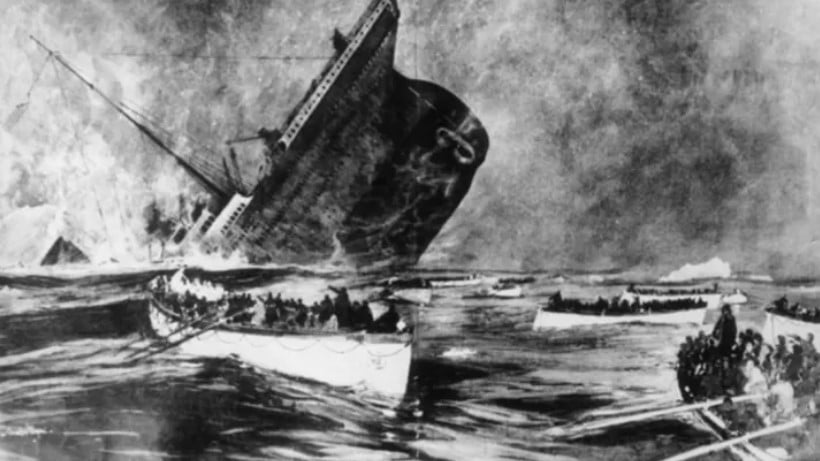
When it came to Titanic in final minutes, first-class passenger Jack Thayer described:
“Occasionally there had been a muffled thud or deadened explosion within the ship. Now, without warning she seemed to start forward, moving forward and into the water at an angle of about fifteen degrees. This movement with the water rushing up toward us was accompanied by a rumbling roar, mixed with more muffled explosions. It was like standing under a steel railway bridge while an express train passed overhead mingled with the noise of a pressed steel factory and wholesale breakage of china.”
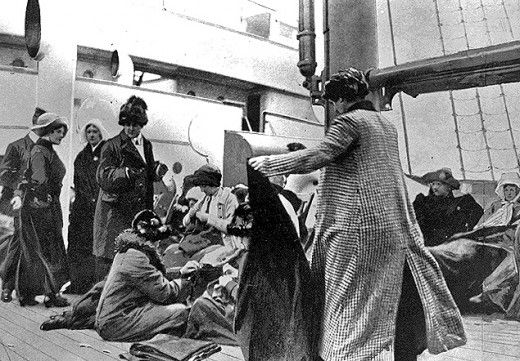
Eyewitnesses saw Titanic’s stern rising high into the air as the ship tilted down in the water. It was said to have reached an angle of 30–45 degrees, “revolving apparently around a center of gravity just astern of midships”. Another minute later, the ship’s lights flickered once before going out completely, leaving Titanic in darkness.

